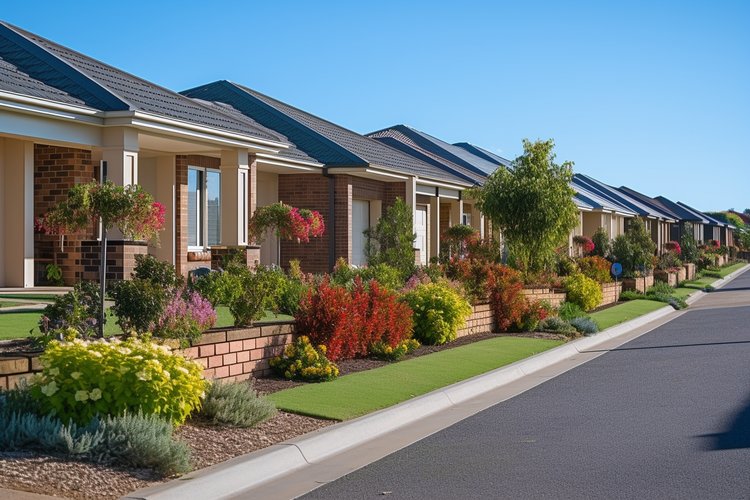Decoding the Appeal of Micro-Units in the Real Estate Market
As cities become more crowded and housing demands increase, a relatively new trend in real estate has emerged—micro-units. These small, compact, and efficient spaces are gaining traction, especially among urban dwellers and young professionals. This article delves into the rise of micro-units, their characteristics, benefits, drawbacks, and their potential impact on the real estate market.

The Emergence of Micro-Units
Micro-units, also known as micro-apartments or micro-flats, are small residential units typically ranging from 200 to 500 square feet. They emerged as a response to the high demand for affordable housing in densely populated cities. While they are not a new concept, their popularity has surged in the last decade as an increasing number of people are opting to live alone or with fewer roommates.
Current Market Trends and Insights
In the past few years, major cities such as New York, San Francisco, and Boston have seen a significant rise in the development of micro-unit buildings. This growth is driven by shifting demographics, including a growing number of single-person households and the increasing mobility of young professionals. Additionally, the escalating costs of living in cities have made these small, efficient spaces an attractive option for many.
Advantages and Challenges of Micro-Units
Micro-units offer various benefits, including lower rent, less maintenance, and a lifestyle focused on minimalism and efficiency. They are particularly appealing to millennials, who value location over square footage. However, there are also drawbacks. The small size of these units can lead to a lack of privacy and the potential for feeling cramped.
Impact on Buyers, Sellers, and Investors
For buyers, micro-units provide an affordable entry point into the property market. Sellers, on the other hand, can maximize profits by fitting more units into a given space. Investors are also drawn to micro-units because they offer high yields and have a strong market demand.
The Future of Micro-Units
Despite some challenges, the micro-unit trend shows no signs of slowing down. As cities continue to grapple with housing shortages and affordability issues, micro-units could play a significant role in addressing these problems. However, their success will depend on careful planning and design to ensure they provide a comfortable and functional living environment.
In conclusion, micro-units offer a unique solution to urban housing challenges. Their rising popularity is reshaping the real estate landscape, offering new opportunities and challenges for buyers, sellers, and investors. As the world continues to urbanize, the trend towards smaller, more efficient living spaces seems set to continue.




